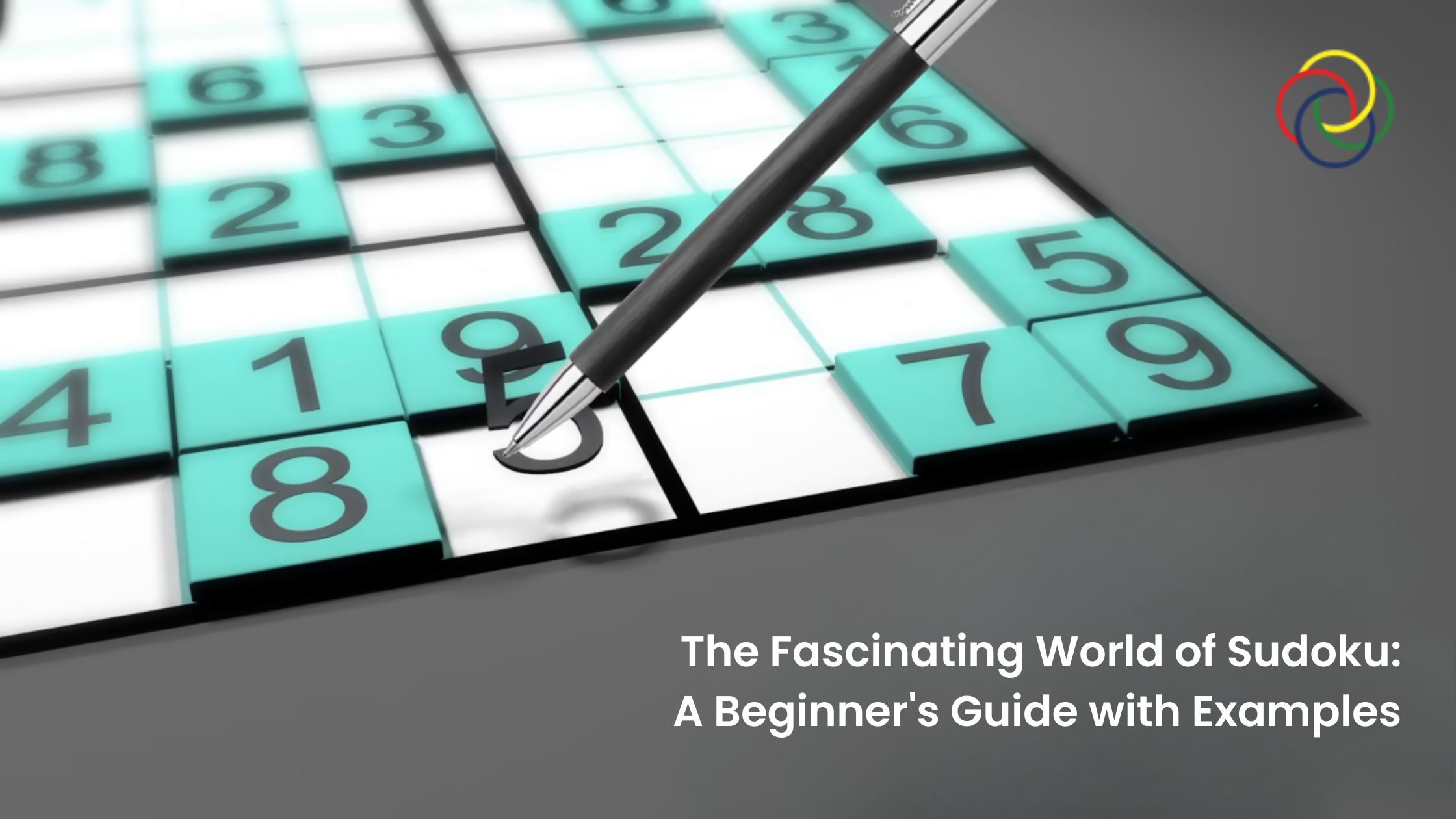Sudoku, the classic number puzzle, has captured the minds of puzzle enthusiasts around the globe. Originating from Japan, the name Sudoku translates to “single number,” reflecting the puzzle’s core principle: each number should appear only once in each row, column, and grid. This article will introduce you to the basics of Sudoku, walk you through some examples, and offer tips to enhance your solving skills.
What is Sudoku?
Sudoku is a logic-based puzzle game typically played on a 9×9 grid divided into nine 3×3 subgrids. The objective is to fill the grid with numbers from 1 to 9, ensuring that each row, each column, and each 3×3 subgrid contains all the numbers from 1 to 9 without repetition.
Basic Rules of Sudoku:
- Each row must contain the numbers 1 to 9, without repetition.
- Each column must contain the numbers 1 to 9, without repetition.
- Each 3×3 subgrid must contain the numbers 1 to 9, without repetition.
How to Solve a Sudoku Puzzle
Step-by-Step Example
Let’s walk through a simple Sudoku puzzle to understand the solving process.
Initial Puzzle:
5 3 _ | _ 7 _ | _ _ _
6 _ _ | 1 9 5 | _ _ _
_ 9 8 | _ _ _ | _ 6 _
——+——-+——
8 _ _ | _ 6 _ | _ _ 3
4 _ _ | 8 _ 3 | _ _ 1
7 _ _ | _ 2 _ | _ _ 6
——+——-+——
_ 6 _ | _ _ _ | 2 8 _
_ _ _ | 4 1 9 | _ _ 5
_ _ _ | _ 8 _ | _ 7 9
Step 1: Start with the Easy Ones
Begin by looking for rows, columns, or subgrids where only one number is missing. For instance, in the first row, the missing numbers are 1, 2, 4, 6, 8, and 9. However, given the other numbers in the row and subgrid, you can often narrow down the possibilities.
Step 2: Use the Process of Elimination
In the first 3×3 subgrid (top left), we are missing the numbers 1, 2, 4, 6, 7. By checking the rows and columns intersecting the empty cells, we can often deduce which numbers go where.
Example Fill-In:
- For the empty cell in the first row, third column, the possible numbers are 1, 2, 4, 6, 8, 9. However, since 6 and 9 are in the same column and 8 is in the same row, the number for this cell must be 2.
Step 3: Repeat the Process
Continue using the process of elimination and logical deduction for the remaining cells. Let’s fill in a few more:
- For the second row, second column, the missing numbers are 2, 3, 4, 7, 8. Since 3 and 8 are already in the same subgrid, we need to see which other numbers fit based on the column and row.
Intermediate Puzzle:
5 3 2 | _ 7 _ | _ _ _
6 _ _ | 1 9 5 | _ _ _
_ 9 8 | _ _ _ | _ 6 _
——+——-+——
8 _ _ | _ 6 _ | _ _ 3
4 _ _ | 8 _ 3 | _ _ 1
7 _ _ | _ 2 _ | _ _ 6
——+——-+——
_ 6 _ | _ _ _ | 2 8 _
_ _ _ | 4 1 9 | _ _ 5
_ _ _ | _ 8 _ | _ 7 9
Step 4: Solve the Puzzle
By continuing to apply these methods, you will gradually fill in the entire grid. Here’s the completed puzzle for reference:
5 3 4 | 6 7 8 | 9 1 2
6 7 2 | 1 9 5 | 3 4 8
1 9 8 | 3 4 2 | 5 6 7
——+——-+——
8 5 9 | 7 6 1 | 4 2 3
4 2 6 | 8 5 3 | 7 9 1
7 1 3 | 9 2 4 | 8 5 6
——+——-+——
9 6 1 | 5 3 7 | 2 8 4
2 8 7 | 4 1 9 | 6 3 5
3 4 5 | 2 8 6 | 1 7 9
Tips for Solving Sudoku
- Start with the obvious: Fill in the easy cells first to gain momentum.
- Use pencil marks: Write possible numbers in cells to keep track of your thoughts.
- Look for patterns: Familiarize yourself with common patterns and techniques, such as naked pairs, hidden pairs, and X-Wing.
- Stay organized: Work methodically through rows, columns, and sub grids.
- Practice regularly: The more you practice, the better you’ll get at spotting solutions quickly.
Conclusion
Sudoku is a fantastic way to challenge your brain, improve your logical thinking, and enjoy a bit of quiet time. Whether you’re a beginner or an experienced solver, the satisfaction of completing a Sudoku puzzle is a reward in itself. So, grab a puzzle, follow these steps, and immerse yourself in the fascinating world of Sudoku!


